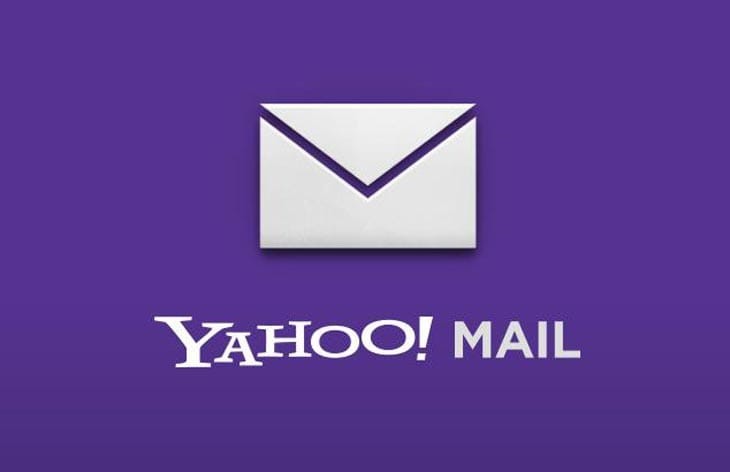In this competitive world full of growing technologies, one cannot be promised 100% success. Many innovations are tried, tested, improvised, and yet fail. Even the well-known companies dominating the market have seen some of their ideas fail. Experiments can go wrong, the groundwork being not solid, expensive prices, improper execution, and being too early for the advancements can be some of the reasons for failed tech. The world is changing. Trends come and go. Understanding the market and making your tech idea stand out is a key factor for its success.
Here are the top ten failed technologies of all time. Let us know your thoughts on them through Disqus.
1. Google Glasses
Google launched Google Glasses on May 15, 2014, at $1500. It created a buzz because of its features like being a compact, lightweight, wearable computer with a transparent display with handsfree technology. One can view content and perform tasks like attending phone calls, and using Facebook and other apps any time all without a smartphone. But the product failed as it didn’t provide any privacy and would record things and people without permission. It was even banned in theatres and bars.

2. Segway
Segway is the first self-balancing personal transportation device that can be used to go anywhere. It is noiseless, smooth, and fun to operate. It is a two-wheeled electric vehicle with a speed of 20km/hr. It uses gyroscopic sensors to detect tilting for the change of direction. It failed because of no safety as it caused accidents. There were no Segway rules. The prices of these devices were whoppingly around $5000 to $6000.

3. Amazon Fire Phone
Amazon had a huge success with launches like the Kindle e-reader and Fire TV sticks. Thus, Jeff Bezos came up with a smartphone called the Amazon fire phone. It was launched on 25th July 2014 and was soon discontinued within a year on 27th August 2015. It stood out because of its 3D feature and gesture-based interface. It failed because it didn’t have many “smartphone” like features. One couldn’t download google apps and its sensor was confusing for users.

4. Google Plus
In 2011, Google launched its social media network called Google+. It was Google’s fourth attempt at social media networks. It was meant to give competition to Facebook but users found it quite disappointing. The users were added to events just after mentioning it once. Communicating through new social media networks and giving up on their go-to Facebook was difficult.

5. iPod Hi-Fi
iPod Hi-Fi was launched on 28th February 2006 by apple. It was a speaker system with a 30-pin dock and a 30GB iPod. It had muddy frequencies, didn’t have inbuilt radio, and extremely high prices for the features it offered. It was discontinued in just a year and a half on 5th September 2007.

6. Juicero
Juicero was launched in 2013. It was an American juicer company that only served the purpose of squeezing juice from juice packets that already had sliced and chopped fruits and vegetables. After a video went viral of the over-complicated mechanism of pressing the juice out of juice packets was sold for thousands of dollars, the sales eventually hit low and the company defunct.

7. Hyperloop
After having successful companies like Tesla and Space X, Elon Musk tried his hands at a new transport technology called Hyperloop. The experiments began in 2014 but there is still no progress. Hyperloop is supposed to be a high-speed sealed system of air-free tubes like metros with passenger pods that could travel without resistance, saving fuel.

8. Facebook Phones
In 2013, Facebook launched its first phone in collaboration with HTC. It was called HTC First. The phone had huge access to the personal data and consumer patterns of the users with less privacy. The features weren’t great and the user interface was not ideal. Eventually, the Facebook phone was a flop.

9. Yahoo Mail
Yahoo mail was launched on 8th October 1997. It is an email service free of cost with an optional monthly subscription for extra features. It started losing users as they switched to Google and Gmail because they lost focus. The advertisements were extensive and the user interface was disappointing. They refused to buy Google for a good deal and also failed the merge with Microsoft. There was a data breach of over 500 million users’ data and frequent server crashes.

10. Internet Explorer
Internet explorer was a web browser developed by Microsoft and released on 16th August 1995. After 26 years it was discontinued on 15th June 2022. A major reason for losing against its competitors because of its slow updates. It was rarely up to date with a slow interface. Microsoft introduced Edge in replacement of Internet Explorer in 2015 but it was too late as chrome, safari, and others have become standard.


















